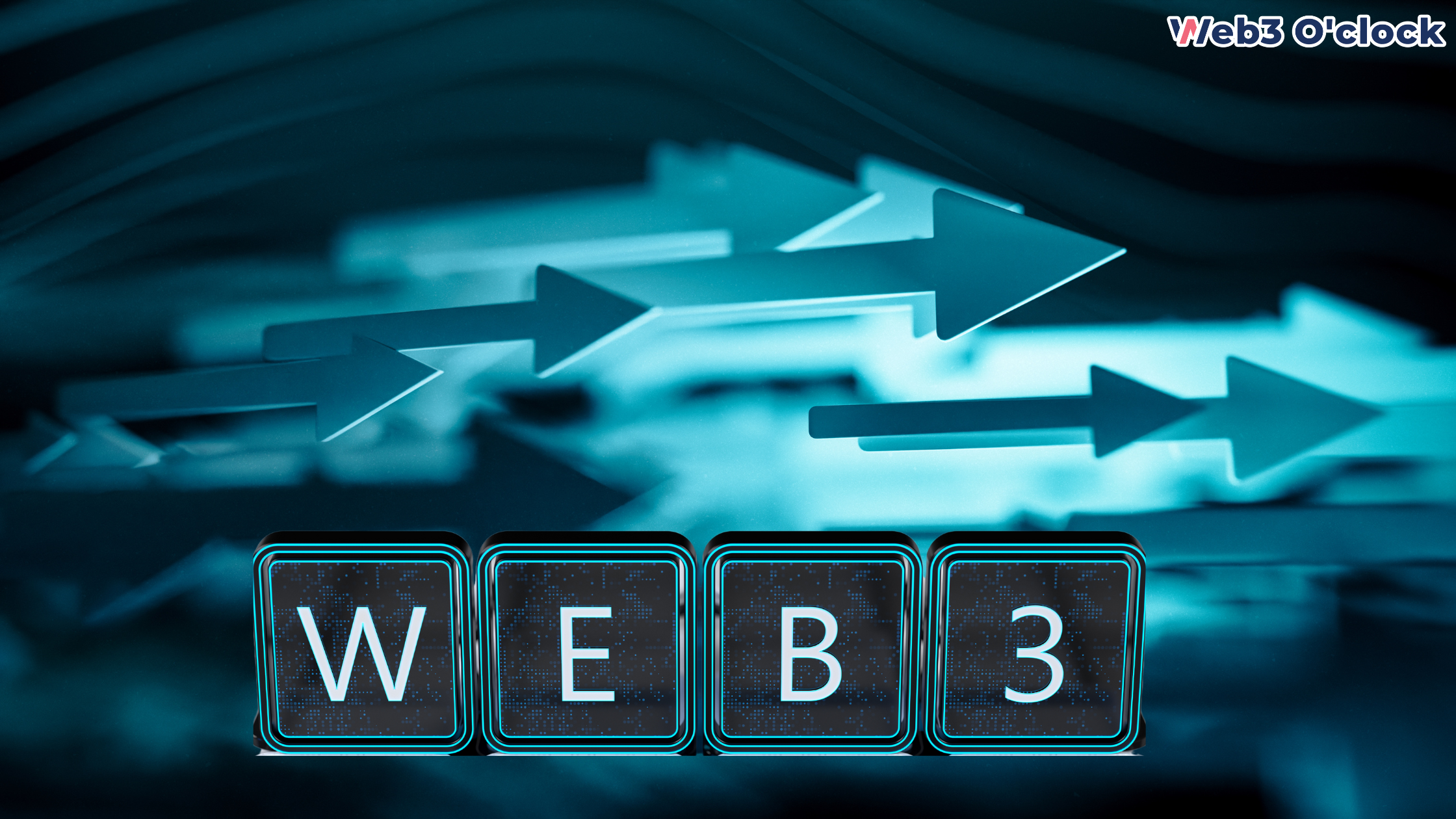Token-Centric Architecture (TCA) stands at the forefront of a transformative paradigm shift in designing digital experiences. Imagine a world where tokens serve as the linchpin, seamlessly integrating diverse parties, data, and applications. This blog embarks on a journey to unravel the intricacies of TCA, exploring its evolution and the profound impact it has on the way we navigate the digital landscape.
What is TCA?
Token-centric architecture (TCA) is a revolutionary design approach in the realm of digital experiences, particularly within the context of Web3. TCA fundamentally revolves around the concept of tokens serving as integration points between various parties. This architectural framework empowers seamless collaboration and interaction by placing tokens at the core of digital ecosystems. Tokens in TCA act as the medium for transferring value, data, or ownership, facilitating efficient and decentralized transactions.
The Smart Layer network is an example of a system employing a token-centric architecture, enabling frictionless data transfer and empowering end-users with control over their own data. Token-centric architecture is gaining recognition for its groundbreaking potential, with statements suggesting that this approach will dominate the technological landscape in the coming decade.
In essence, TCA signifies a structural evolution where tokens play a pivotal role in shaping the architecture of digital systems, fostering decentralized, secure, and efficient interactions.
What is the significance of TCA?
Token-centric architecture (TCA) is crucial for several reasons:
Enhanced Digital Experiences: TCA transforms how digital experiences are designed, making them more efficient and user-friendly by centering around the use of tokens.
Intent-Centric Design: TCA simplifies user experiences by focusing on user needs and intentions. This design philosophy ensures that digital systems align closely with what users want to achieve.
Efficient Work Practices: In organizations, TCA shapes work practices by using tokens, creating a fluid and adaptable environment. It streamlines workflows, making processes more flexible and responsive.
Security and Trust: Tokens in TCA often have cryptographic signatures, ensuring their origin and enhancing security. This trust mechanism is vital, especially in decentralized and blockchain-based systems.
Platform Success: Depending on their purpose, tokens play a significant role in the success of a platform ecosystem. They enable value exchange and self-governance, contributing to the overall effectiveness of the ecosystem.
In essence, Token-Centric Architecture addresses the evolving needs of digital systems, offering efficiency, user-centricity, and adaptability.
What are some examples of TCA?
Token-centric architecture is a versatile concept applied in various domains. Here are some examples:
1. Smart Layer’s Token-Centric Architecture:
Smart Layer enables Token-Centric Architecture, leveraging ERC-5169 to facilitate interactions with tokens and enhance the overall structural evolution of Web3.
2. Intent-Centric Architecture:
Intent-centric architecture simplifies user experiences by focusing on user needs and intentions, creating a design philosophy that enhances outcomes.
3. Fluid Organizations’ Work Practices:
Organizations like Yearn and MakerDAO adopt token-centric work practices. This involves utilizing tokens to shape and streamline work in dynamic and fluid organizational structures.
4. Privacy and Data-Centric Architecture (VERCO):
VERCO introduces a privacy and data-centric architecture where tokens are used in maneuvering vehicles to negotiate and exchange tokens for gaining priority.
These examples illustrate the diverse applications of token-centric architecture, ranging from enhancing user experiences to shaping organizational work practices and ensuring privacy in data-centric architectures.
What are the Shortcomings or Challenges of Token-Centric Architecture (TCA)?
Token-Centric Architecture (TCA) comes with its set of challenges and shortcomings:
1. User Token Management:
TCA places tokens in the hands of end-users, introducing challenges in managing these tokens, including security concerns and potential loss.
2. Blockchain Security Drawbacks:
Description: Blockchain, a foundational technology for TCA, faces security challenges such as 51% attacks, which may impact the overall security of token-centric systems.
3. Privacy Issues in Token Systems:
Non-fungible tokens (NFTs), a type of token, face challenges in terms of privacy, highlighting a broader concern within token systems.
4. Single Point of Failure and Increased Costs:
Token-centric systems may involve Trusted Third Parties (TTPs), introducing drawbacks like a single point of failure and increased costs.
5. Governance Considerations for Tokens:
NFTs, as a specific type of token, face challenges related to governance, indicating broader governance considerations within token ecosystems.
6. Tensions in Token-Centric Work Practices:
Token-centric work practices in fluid organizations may evoke tensions that actors continuously seek to mitigate, suggesting ongoing challenges in implementation.
In summary, challenges include user token management, blockchain security issues, privacy concerns, potential single points of failure, governance considerations, and tensions in work practices within token-centric systems.
FAQs
What is token-centric architecture?
Token-centric architecture (TCA) is a revolutionary design approach in the realm of digital experiences, particularly within the context of Web3. TCA fundamentally revolves around the concept of tokens serving as integration points between various parties.
What is a token-based blockchain?
In the blockchain ecosystem, tokens are assets that allow information and value to be transferred, stored, and verified efficiently and securely. These crypto tokens can take many forms and can be programmed with unique characteristics that expand their use cases.
What is an example of a TCA?
Token-centric architecture is a versatile concept applied in various domains. Some examples are Smart Layer’s Token-Centric Architecture, Intent-Centric Architecture, Fluid Organizations’ Work Practices, and Privacy and Data-Centric Architecture (VERCO).
These examples illustrate the diverse applications of token-centric architecture, ranging from enhancing user experiences to shaping organizational work practices and ensuring privacy in data-centric architectures.
What is the difference between a token and a blockchain?
While cryptocurrencies have their own blockchain and are their native asset, crypto tokens are built on an existing blockchain, which acts as a medium for the creation and execution of decentralized apps and smart contracts. The tokens are used to facilitate transactions on the blockchain.
What is the purpose of a token system?
Token-centric architecture (TCA) is vital for digital systems as it enhances user experiences by focusing on tokens, simplifies workflows, and ensures security through cryptographic signatures. TCA aligns with user needs, making processes more efficient and adaptable. It also contributes to the success of platform ecosystems by enabling value exchange and self-governance. Overall, TCA addresses the evolving needs of digital systems, offering efficiency, user-centricity, and adaptability.











